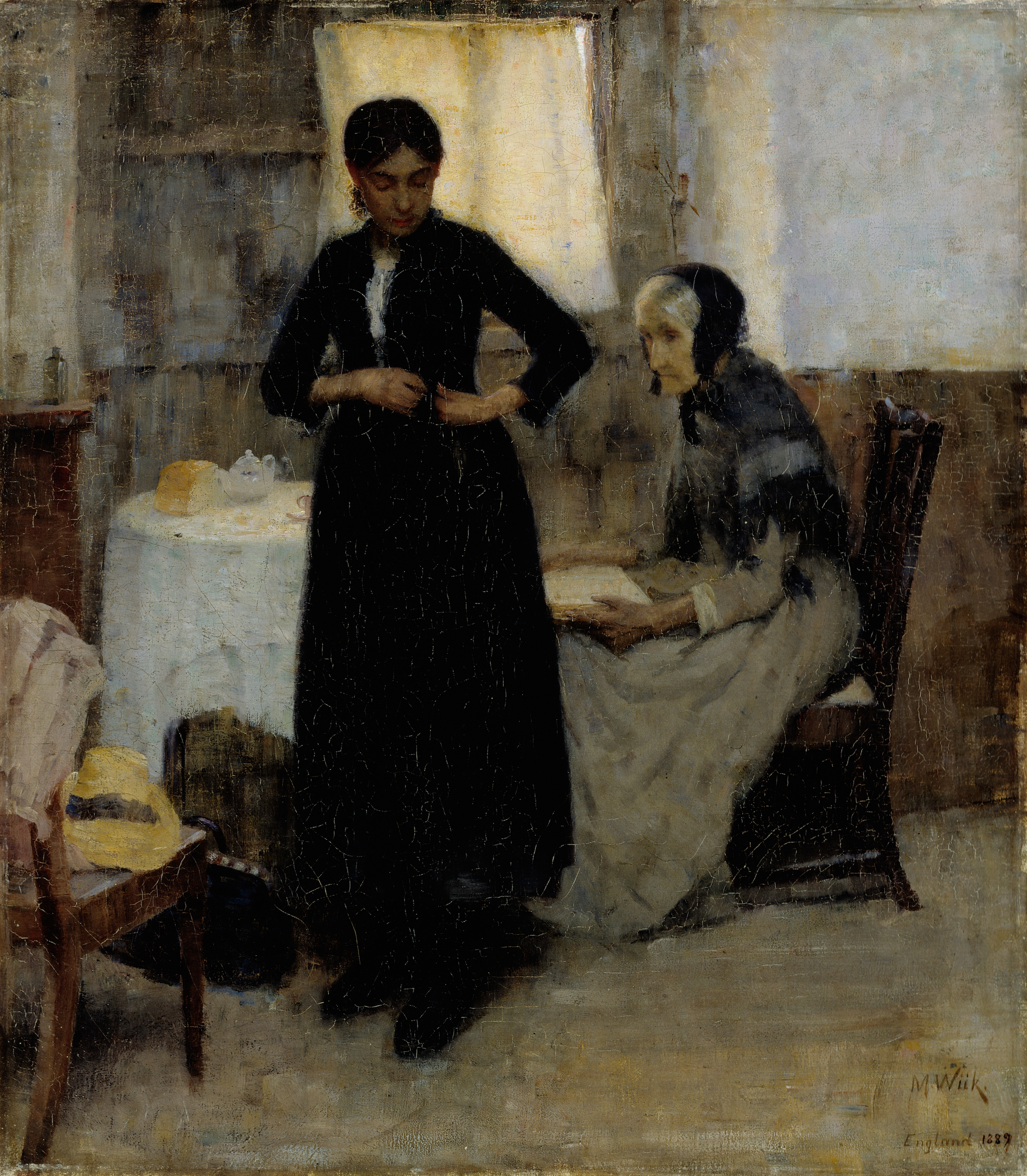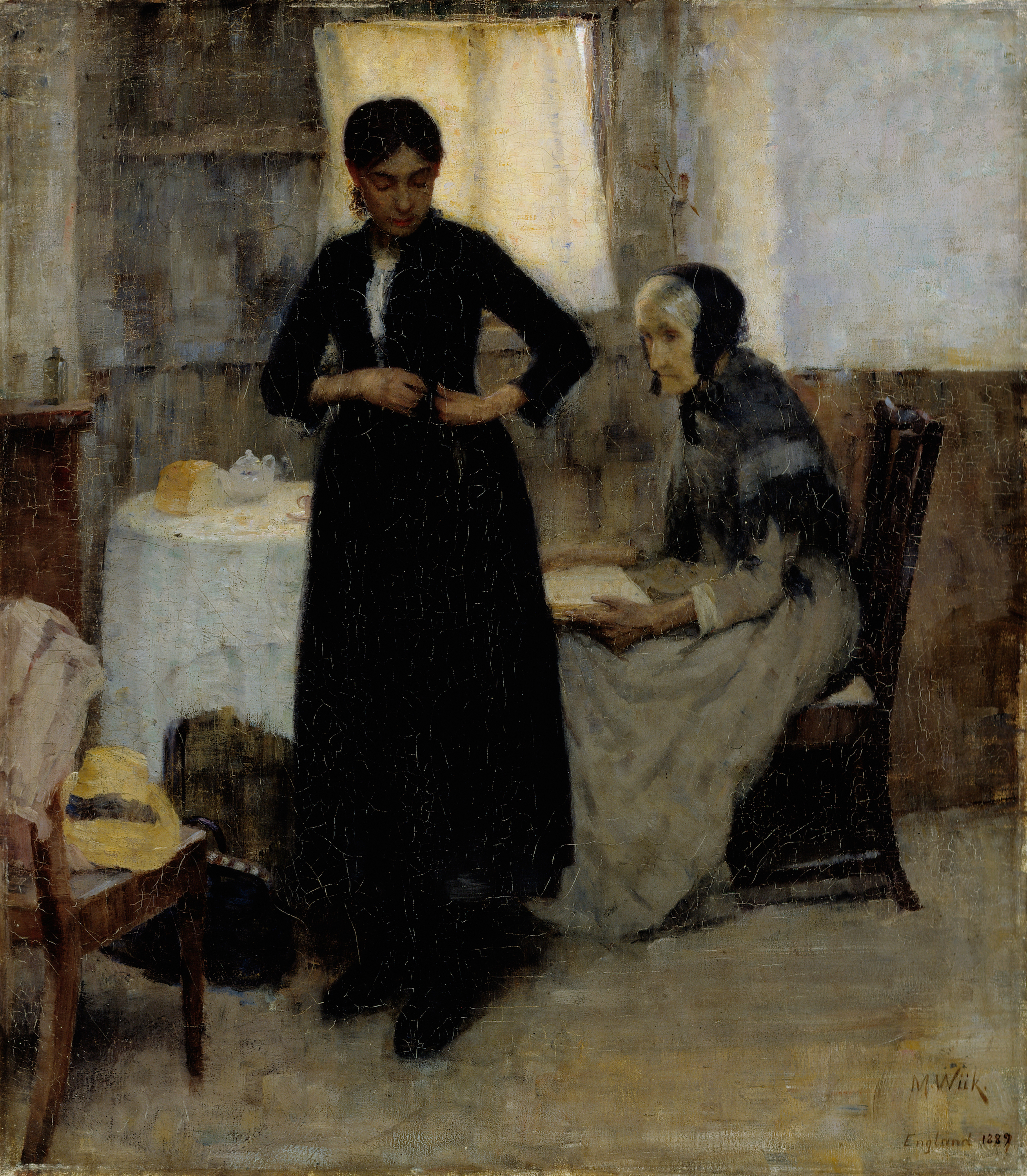This artwork is featured as a part of our celebration of the Women’s History Month, together with Europeana, Europe’s platform for cultural heritage. To learn more about remarkable European women in the arts, sciences, and society, visit the online exhibition Pioneers. The painting we feature today belongs to the collection of Finnish National Gallery.
Maria Katarina Wiik was born on 3 August 1853 in Helsinki, Finland, to a Swedish-speaking upper-class family. Her parents, an architect and the daughter of a Finnish professor, encouraged her to pursue an artistic education. She belonged to one of the first generations of female professional artists in Finland. At the age of 21, she was accepted in the Suomen Taideyhdistys, the Finnish Art Association’s school. But Finland was not enough: between 1875 and 1880, she studied at the Académie Julian in Paris.
Portraits are the most impressive heritage of Maria Wiik. She spent most of her professional life practicing her technique in this style. Resulting from her extended times working in Paris, her style was clearly influenced by French realism. In the 1880s, at the peak of her career, she became one of Finland’s best-known portrait painters and many wanted to have her painting their portrait, for example the publicist Berndt Otto Schauman, the author Zacharias Topelius, the singer Ida Basilier-Magelsen, and Professor Viktor Ferdinand Brotherus.
In 1900, she was awarded with the Bronze medal at the Exposition Universelle in Paris, a highlight of her career. The winning artwork Ut i världen (Out into the World) from 1889 is considered her masterpiece. This painting shows two women in an interior, with one seated at a table looking up from her book as her companion adjusts her dress before leaving.
P.S. Read about another Scandinavian female artist: dive into the Moomin world of Tove Jansson!


 Maria Wiik
Maria Wiik